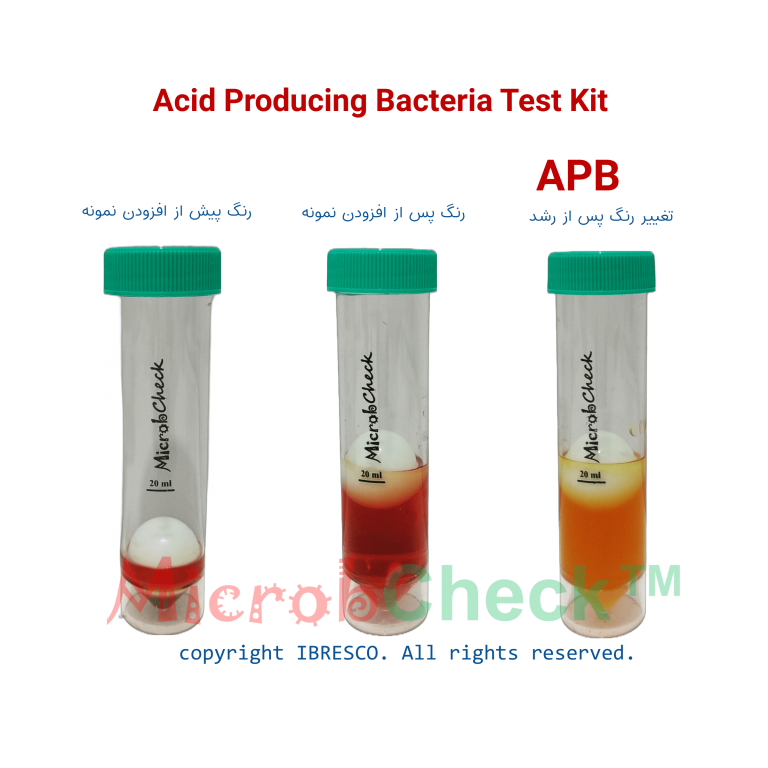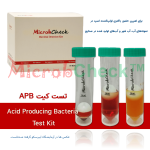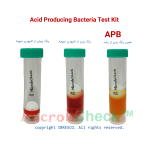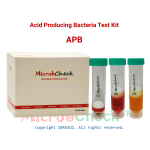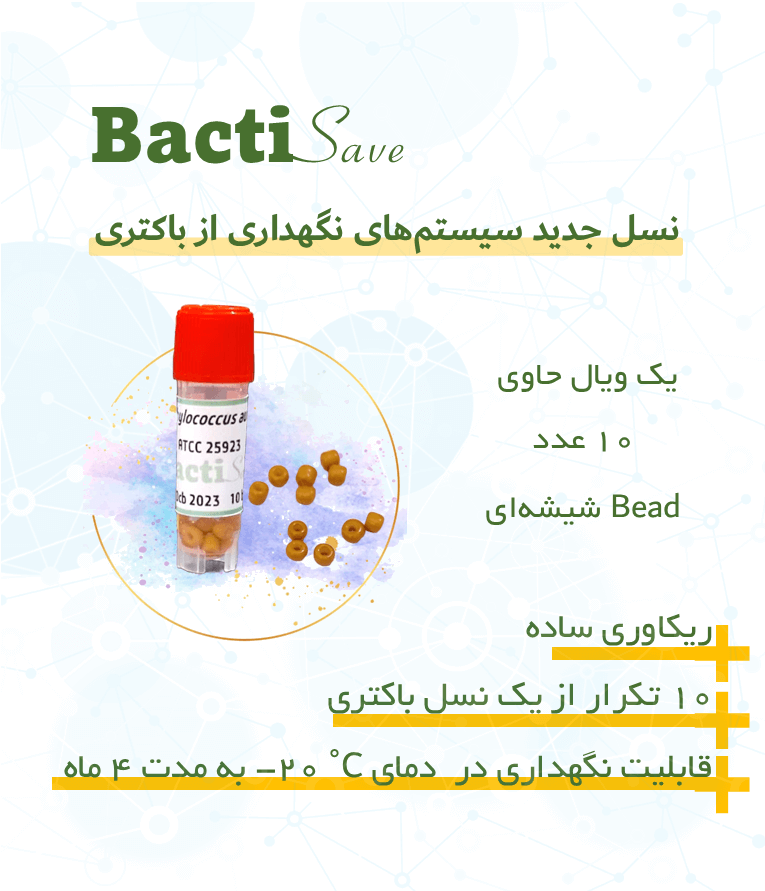APB are a diverse group of heterotrophic bacteria that share the common characteristic of producing organic acidic compounds and thus thrive in anaerobic conditions. As a result of APB activity, the pH level of the environment drops significantly to 3.5 to 5.5, which can have a high corrosion potential. Due to their acid-producing activity in the absence of oxygen, APB are considered good companions for sulfate-reducing bacteria (SRB) in corrosion processes in metals. Many industrial facilities, including oil and gas, are exposed to corrosion caused by these bacteria, and managing and controlling this type of corrosion is of paramount importance in these industries. Identification and estimation of the relative number and activity level of APB play a vital role in timely detection and prevention of microbial corrosion in industries.
Reasons for considering APB as an important factor in corrosion:
1- Creating anaerobic conditions by these bacteria
2- Creating a special type of growth on the surface (biocoating)
3- Generating a sufficient amount of organic materials that can be decomposed into fatty acids




